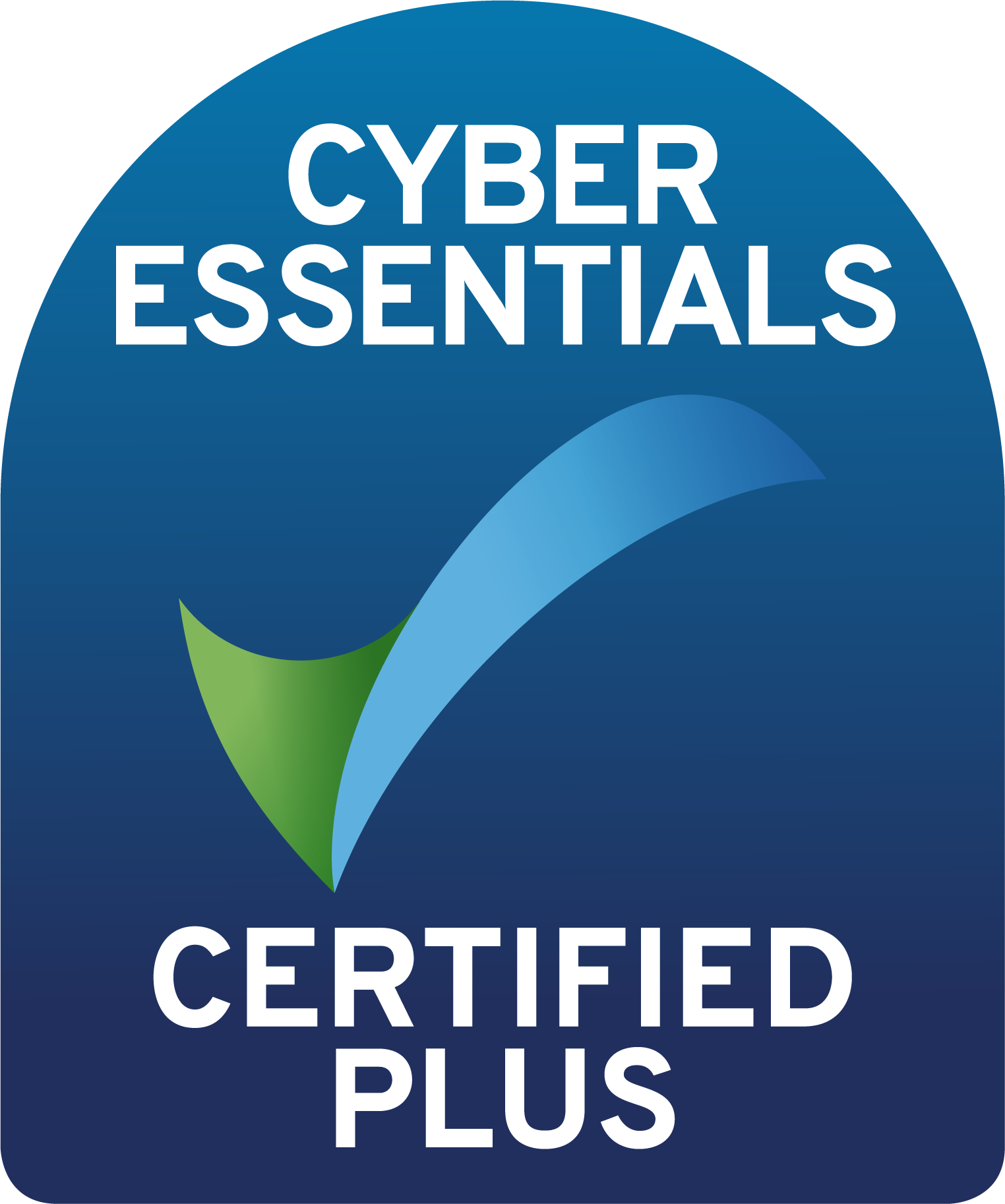Parenting red flags: spotting the signs of bullying
Recognise signs of bullying and access support resources. Create a safe environment for your child with expert guidance and strategies.

As parents, guardians and educators our top priority should always be ensuring the safety and wellbeing of children.
While some challenges they face may be visible, others can be hidden beneath the surface, such as bullying. Recognizing the signs of bullying is crucial in providing the necessary support for our children.
Here we’ll look at the various types of bullying, shed light on the red flags that might indicate your child is facing this issue, and provide some helpful resources for you.
5 types of bullying
It’s important to understand the different forms bullying can take. By familiarising ourselves with the signs associated with each type, we can create a safer environment for children.
Let’s take a look at the five types of bullying and signs your child may be experiencing them.
1. Physical bullying
This involves any form of physical harm or aggression. Signs may include unexplained injuries, damaged belongings, or frequent complaints of headaches or stomach aches.
Unexplained injuries: Frequent injuries without plausible explanations may indicate physical bullying.
Damaged belongings: Keep an eye out for damaged possessions that may be a result of bullying incidents.
Complaints of physical symptoms: Persistent complaints of headaches or stomach aches could be signs of physical distress caused by bullying.
2. Verbal bullying
Words can leave lasting scars. Look out for changes in your child's communication, such as sudden reluctance to speak or unexplained emotional distress. Pay attention to derogatory remarks or insults.
Changes in communication: Notice any sudden changes in your child's communication style, such as becoming more reserved or hesitant.
Emotional distress: Pay attention to unexplained emotional distress, as verbal bullying often leaves deep emotional scars.
Derogatory remarks: Be vigilant for any derogatory remarks or insults directed towards your child, either in person or online.
3. Social bullying (relational aggression)
This form targets a child's social status or relationships. Your child may suddenly become isolated, excluded, or face rumours and gossip. Keep an eye on changes in their friendships and social dynamics.
Isolation: Sudden isolation from friends or social groups may indicate social bullying.
Exclusion: Watch for instances where your child is consistently excluded from activities or gatherings.
Rumours and gossip: Be aware of any rumours or gossip circulating about your child, as these are common signs of relational aggression.
4. Cyberbullying
In the age of technology, online bullying has become prevalent. Watch for signs such as reluctance to use electronic devices, sudden withdrawal from social media, or changes in online behaviour. Check out cyberbullying facts and statistics for more information.
Reluctance to use devices: If your child becomes hesitant or avoids using electronic devices, it might be a response to cyberbullying.
Withdrawal from social media: Sudden withdrawal from social media platforms can be a red flag for online bullying.
Changes in online behaviour: Keep an eye on alterations in your child's online behaviour, such as avoiding specific sites or abruptly stopping online activities.
5. Prejudicial bullying
This type involves targeting a child due to their race, religion, gender, or other personal characteristics. Keep an eye out for discriminatory behaviour or language.
Discriminatory Behaviour: Be alert to any discriminatory behaviour directed at your child based on their race, religion, gender, or other personal characteristics.
Discriminatory Language: Watch for the use of discriminatory language towards your child, either directly or indirectly.
Exclusion Based on Characteristics: If your child is consistently excluded or treated differently due to personal characteristics, it may indicate prejudicial bullying.
By being aware of these specific signs associated with each type of bullying, parents can better identify and address the issue, providing the necessary support for their child.
Signs of online bullying
The internet can be an incredible tool for children in their education, and form a key part of their social lives. Unfortunately, it also opens up an avenue for online bullying. To understand how to deal with cyberbullying, it’s important to recognize the signs of online bullying.
Online behaviour changes
Be vigilant for sudden shifts in your child's online behaviour. It may be a sign of online bullying if they become upset after using social media or receiving messages.
Secretive online activity
If your child becomes secretive about their online interactions, such as hiding screens or quickly switching tabs, it could indicate they're facing bullying.
Emotional distress
Persistent emotional distress, mood swings, or sudden changes in your child's emotional well-being may be linked to online bullying experiences.
Additional resources
To further assist you in handling bullying situations, here are some valuable resources:
At Explore Learning we are committed to keeping our members safe online and in-centre. Our tutors know how to spot the signs of bullying and how to deal with it effectively, so you can rest assured your child will be safe with us.
Cancel anytime
No joining fee
In centre or online
Memberships to suit you
Cancel anytime
No joining fee
In centre or online
Memberships to suit you
Cancel anytime
No joining fee
In centre or online
Memberships to suit you




